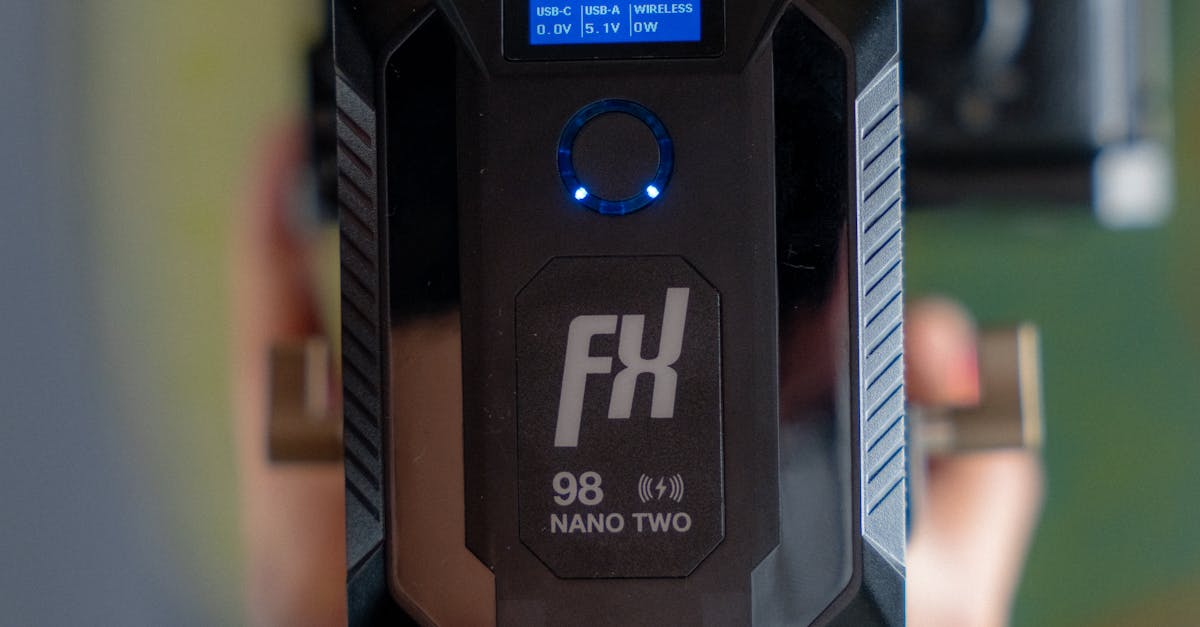Understanding the Flexibility Needs for Sewer Camera Cables
Sewer Camera Central
Evaluating Signal Quality in Sewer Camera Cables
Signal quality evaluation is a crucial aspect when it comes to sewer camera cables. The clarity and consistency of the image transmitted through these cables play a significant role in determining the effectiveness of sewer inspections. Poor signal quality can result in distorted images, making it challenging for professionals to identify potential issues within the sewer system accurately.2024-06-18
To evaluate signal quality effectively, it is essential to consider factors such as signal strength, image resolution, and stability. Signal strength refers to the intensity of the signal transmitted through the cable, ensuring that the images received are clear and devoid of any interference. Additionally, high image resolution is vital for capturing detailed visuals of the sewer pipelines, enabling inspectors to identify even the smallest cracks or blockages. Lastly, signal stability plays a critical role in ensuring consistent transmission throughout the inspection process, allowing for a seamless exploration of the sewer system.
Importance of Clear Image Transmission
When it comes to sewer camera cables, one crucial aspect that cannot be overlooked is the clear transmission of images. The clarity of the images captured during sewer inspections is paramount in identifying issues such as blockages, cracks, or other abnormalities within the pipes. A clear image transmission ensures that inspectors can accurately assess the condition of the sewer system and make informed decisions regarding necessary repairs or maintenance.
nnector can impact the overall performance of your sewer camera system. A high-quality connector can enhance signal quality, prevent signal loss, and minimise interference. By selecting the right connector for your equipment, you can effectively maintain clear image transmission and streamline your inspection process, ultimately leading to more accurate results and efficient operations.Managing Cables in Extreme Temperatures
FAQSFAQS
Are sewer camera cables flexible enough to navigate through tight bends in pipes?
Yes, sewer camera cables are designed to be highly flexible in order to navigate through tight bends and corners within pipes.Can using cable protectors help in managing sewer camera cables effectively?
How important is signal quality in sewer camera cables?
Another popular option is push rod cable made from materials such as nylon or polyethylene. These materials offer moderate flexibility and durability, making them suitable for general sewer inspections. Push rod cables are ideal for shorter distances and straightforward pipe layouts. Additionally, they tend to be more cost-effective compared to other materials, making them a practical choice for routine maintenance tasks.